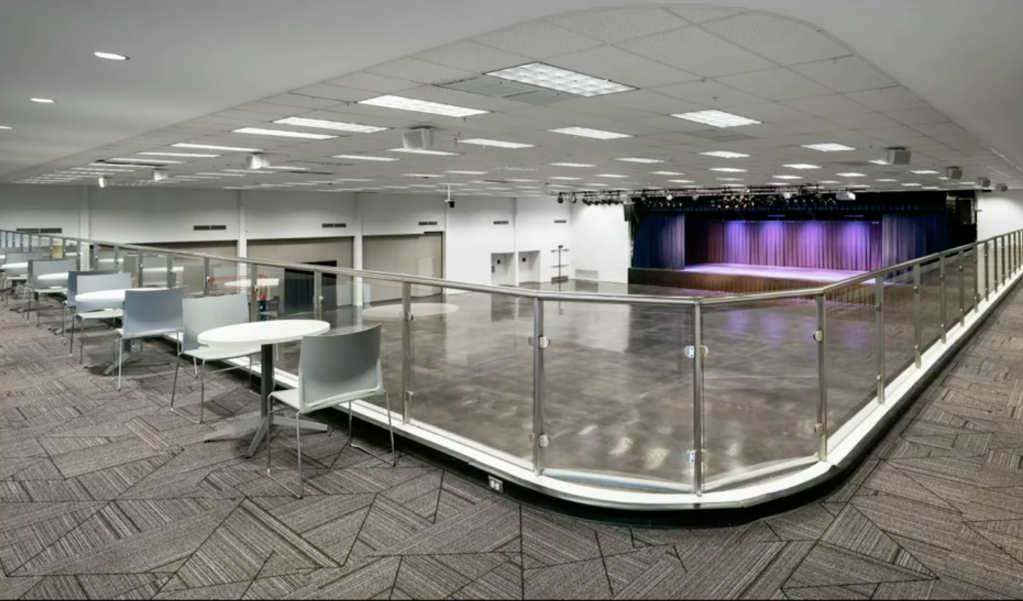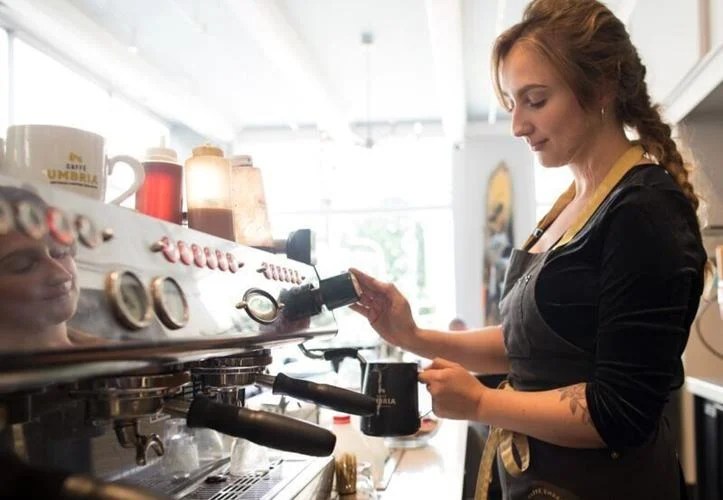‘Stronger and more resilient’: Convention center looks back on a year of pandemic
Published 8:45 am Wednesday, March 24, 2021

- Upper level of the convention center; Pacific Room stage at right.
With a newly renovated building and contracts for events through 2030, Seaside Civic and Convention Center General Manager Russ Vandenberg projected optimism as he presented the center’s annual report.
“COVID-19 taught us to be stronger and more resilient,” Vandenberg said. “We can now toss aside our 2020 calendars with hope and anticipation that 2021 will be a better year.”
The report comes after a year of pandemic-related declines, particularly at the convention center, where state mandates shuttered its doors for most gatherings.
The pandemic downturn came after historic numbers of tourists and citywide economic impact of the center’s annual programming, peaking at more than $36.3 million in 2018, and following completion of the building’s $15 million expansion and renovation.
The city saw a 6.43% year-over-year growth in bed tax receipts from October to December 2019, Director of Tourism Marketing Joshua Heineman said at Monday’s City Council meeting.
January and February 2020 were also “very, very strong,” Heineman said.
In the first three months of 2020, Oregon Fine Foods Inc., the center’s food service provider, had been on pace to set a new food and beverage record of $1 million for the fiscal year, Vandenberg said, a number that would have exceeded by 25% the previous high.
March changed all that.
On March 11, as a result of rising pandemic numbers, Oregon banned gatherings of 250 or more. On March 16, the state banned gatherings of more than 25 people, and Seaside issued an emergency order on March 21. All short-term lodging was banned March 22, and on March 23, the state issued a stay-home order.
Since short-term lodging was closed until May 26, the convention center was shuttered for much of the quarter. Bed tax for April through June dropped almost 51%
Throughout the year the number of attendees of convention center events and meetings fell by three-quarters, dropping from more than 37,000 to 8,000.
The number of events fell from 100 in 2018 to 55 in 2020.
“It plummeted,” Heineman said, referencing visitor interest as measured by website traffic following the March shutdown. “It was decimated way below what we see in mid-winter doldrums. There was a lot of stress and a lot of fear out there from every perspective you can imagine.”
The city donated back $827,000 in bed tax collected to the lodging properties that collected them for January through March 2020. The visitors bureau also administered a $250,000 emergency grant program for businesses and the city provided a water service credit as part of this comprehensive relief package, as well.
The convention center reassigned some staff members to the public works department or public library.
The center issued a two-page COVID-19 cleaning guidelines and health guidance document, with emphasis on cleaning, disinfectant, physical distancing, mask practices and food and beverage operations.
The center opened up for smaller local civic groups, including the Rotary and the Seaside Downtown Development Association.
“It gave them the ability to meet face-to-face when everyone was working on Zoom,” Vandenberg said. “You need social interaction, you need to shake their hands, look them in the eye, see what they’re thinking, feeling.”
Demand for convention space will return to outpace supply, he added. “Our priorities have not changed, just realigned to match current guidelines and restrictions,” he said. “Even though I am seeing what I hope is the end of this pandemic, for us to recover it’s going to be when the state lifts all restrictions and we’re able to operate at full capacity.”



